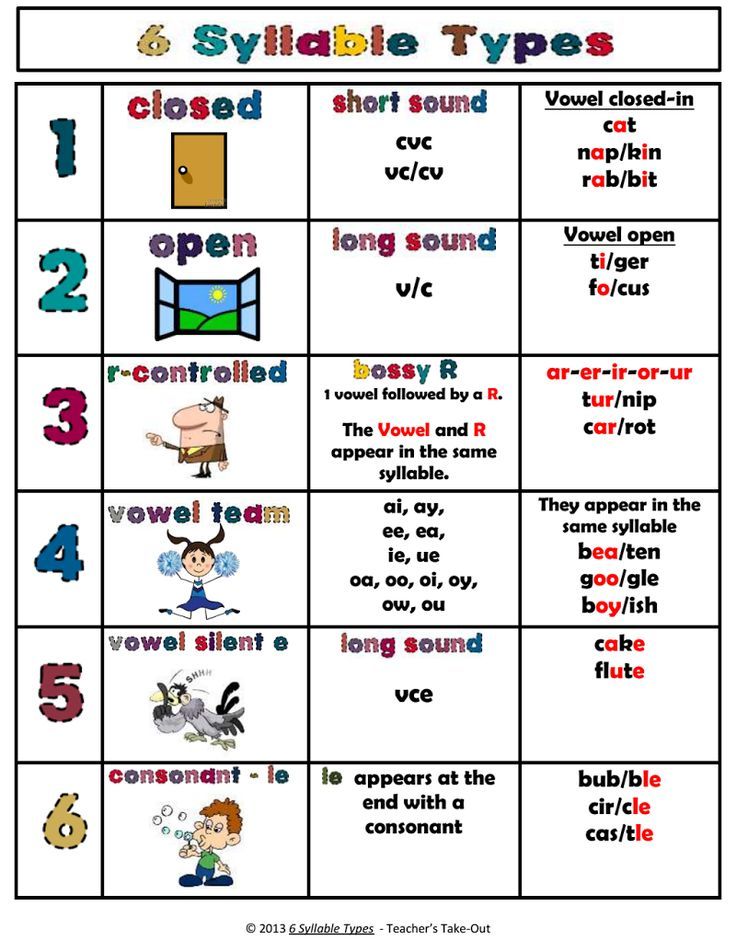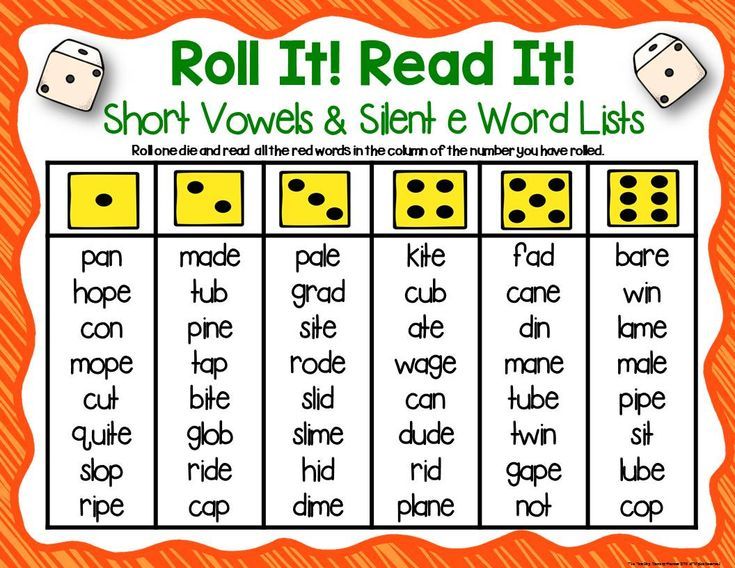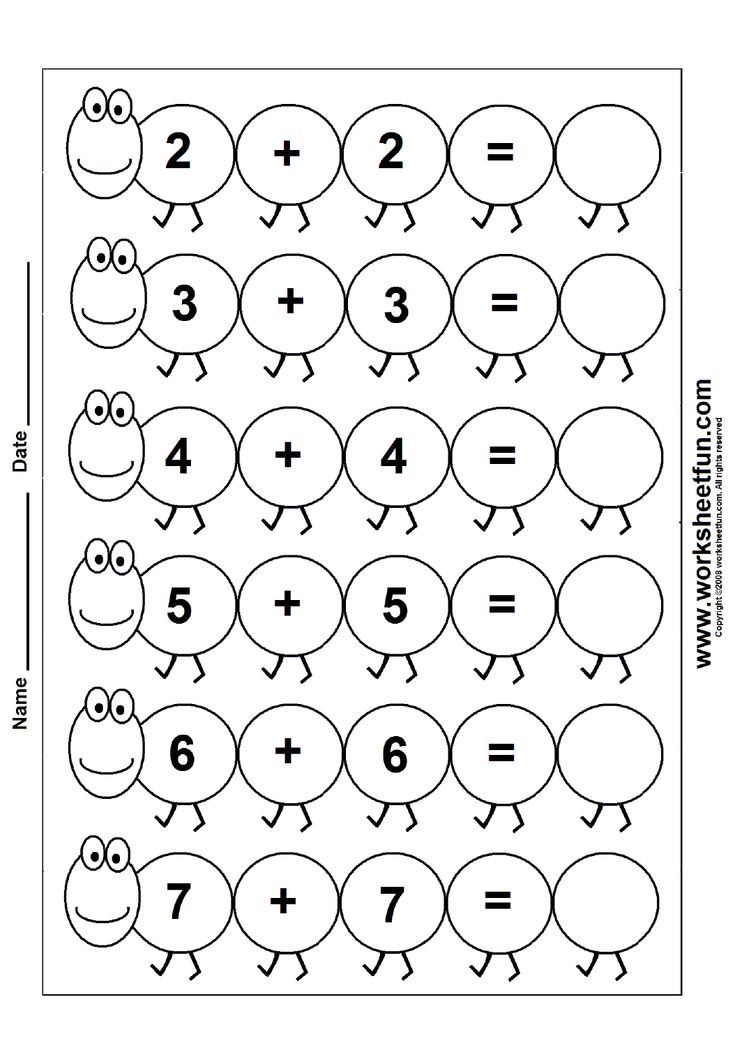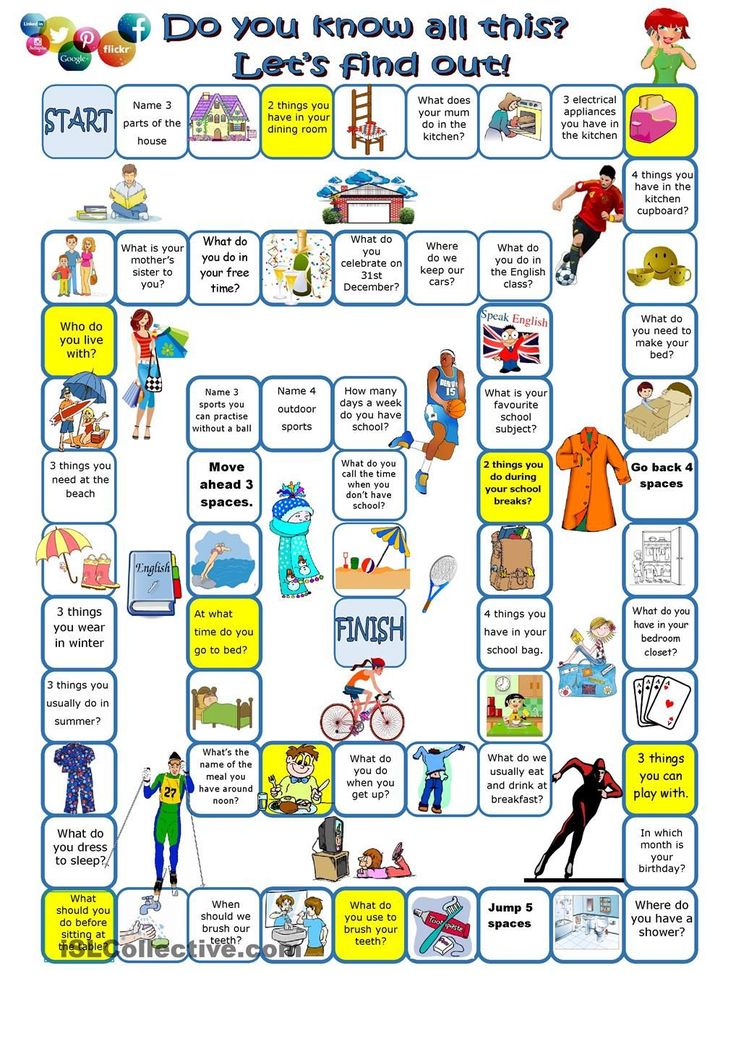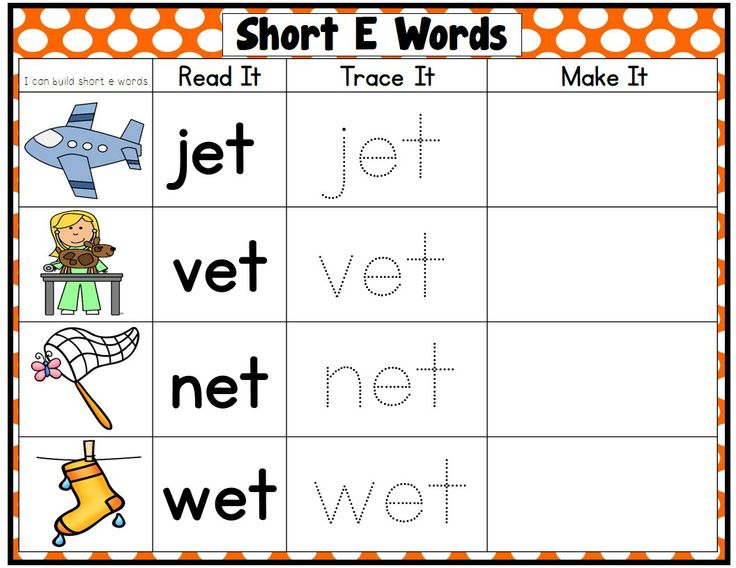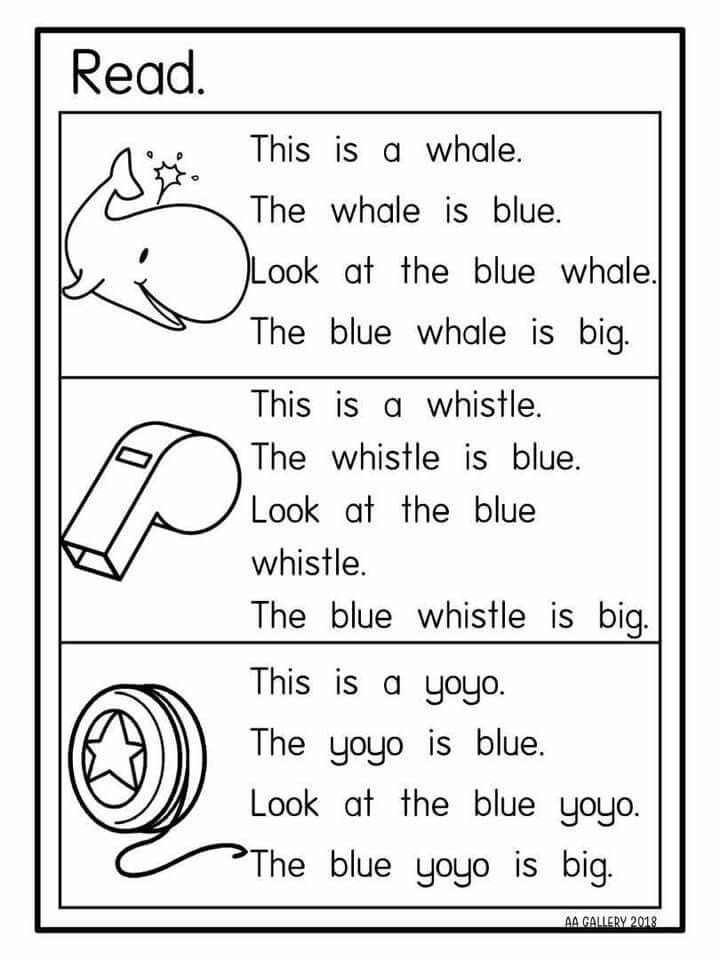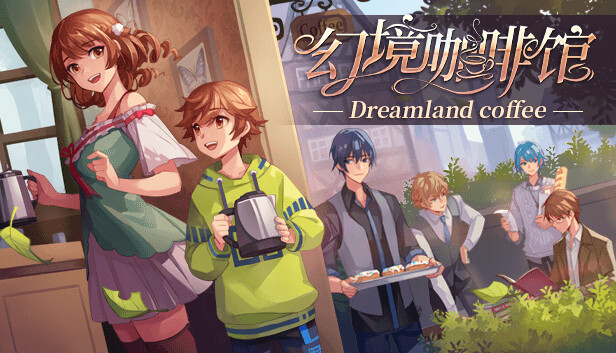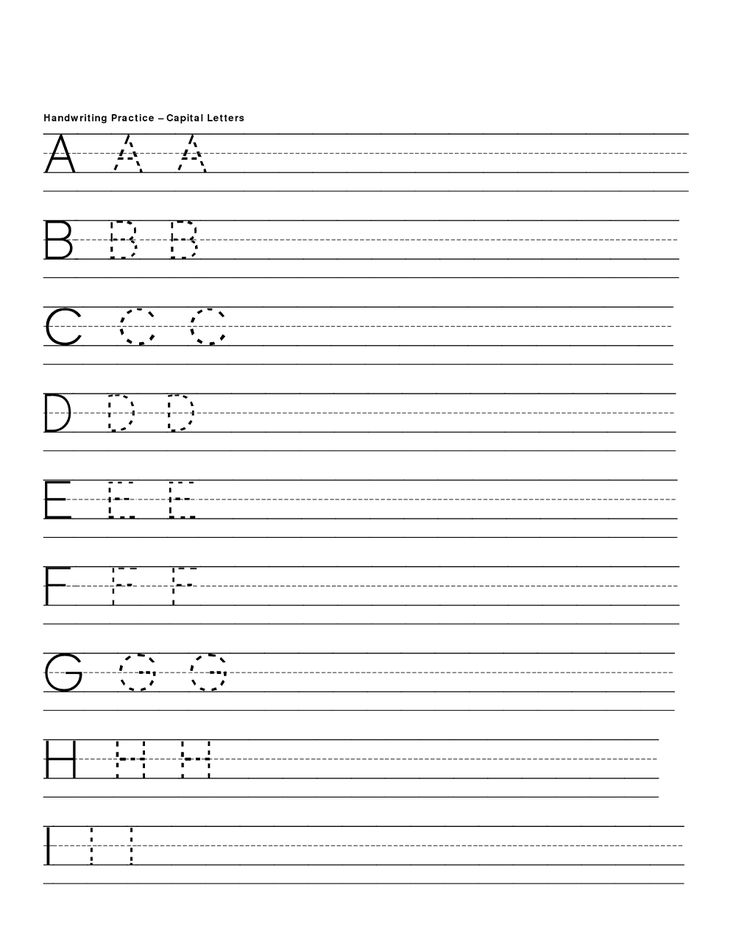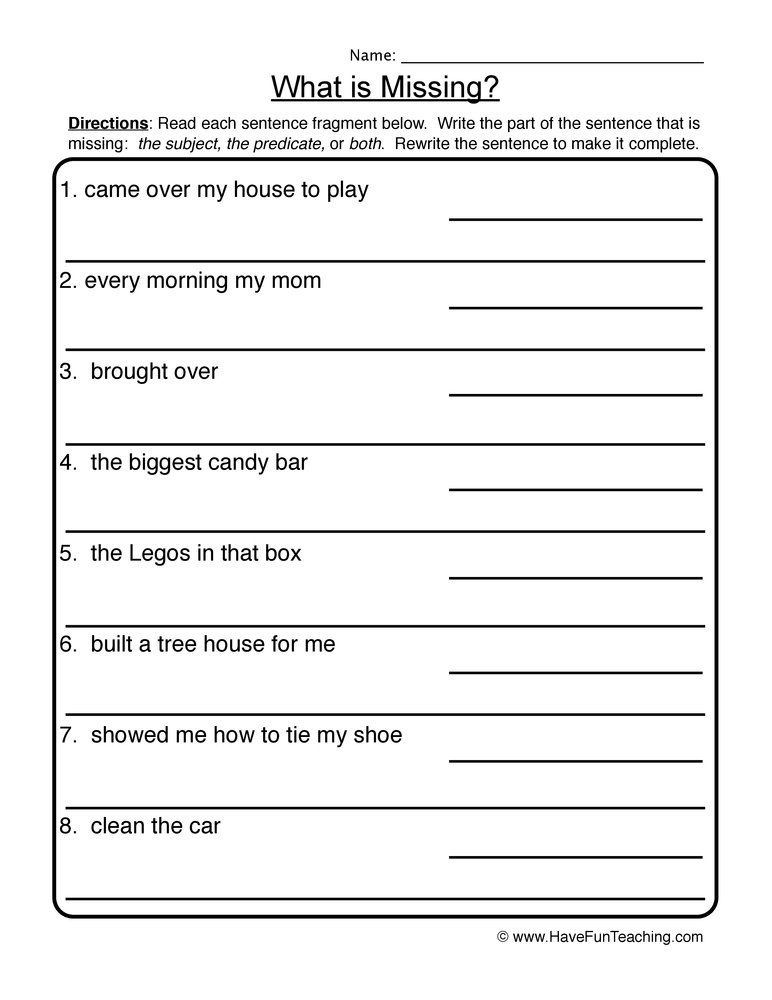Lessons on syllables
Syllable Games | Classroom Strategies
As students progress in their literacy understanding, they move from reading and writing single syllable words (often with consonant-vowel-consonant constructions) to reading and writing multisyllabic words. Instruction focused on teaching students about syllables often focuses on teaching different types of syllables (open and closed) and what occurs when syllables join together within a word.
| How to use: | Individually | With small groups | Whole class setting |
More phonological awareness strategies
Why teach about syllables?
- Dividing words into parts, or "chunks" helps speed the process of decoding.
- Knowing the rules for syllable division can students read words more accurately and fluently.
- Understanding syllables can also help students learn to spell words correctly.
Drumming out syllables
Students use a drum or tambourine to take turns drumming out the syllables in their names or other words. See the lesson plan.
This video is published with permission from the Balanced Literacy Diet. See many more related how-to videos with lesson plans in the Phonemic Awareness section.
Syllables: kindergarten
This video depicts a kindergarten small group engaging in a syllables activity. There are 5 students in this demonstration and they are using manipulatives. (From the What Works Clearinghouse practice guide: Foundational skills to support reading for understanding in kindergarten through 3rd grade.)
Collect resources
Marker activity
This activity, from our article How Now Brown Cow: Phoneme Awareness Activities, is an example of how to teach students to use a marker (i.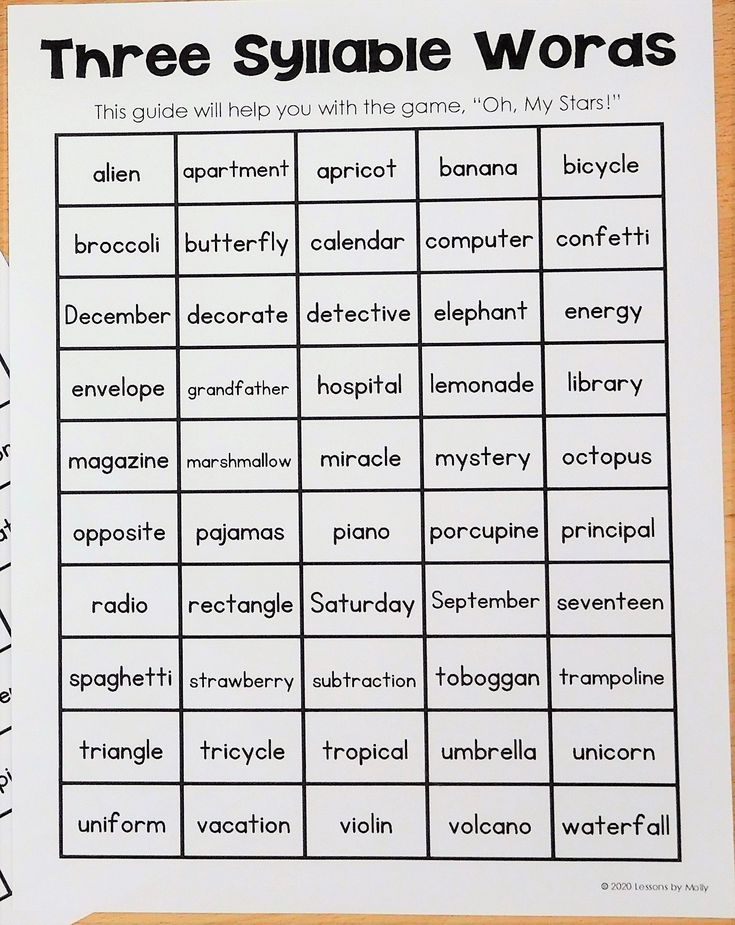 e., token) to count syllables.
e., token) to count syllables.
The marker activity often used for word counting can be adapted for use in counting syllables. Teachers can provide each child with tokens and two or three horizontally connected boxes drawn on a sheet of paper. The children place a token in each box from left to right as they hear each syllable in a word.
Multisyllabic manipulation
This example includes several activities and a chart of multisyllabic words. One specific activity from this page is the Multisyllabic Words Manipulation Game. Teachers can divide words from reading selections into syllables, write each syllable on a note card and display the syllables in jumbled order. Have students arrange the syllables to form the words.
Multisyllabic words manipulation >
Clapping games
Associating syllables with a beat can help students to better learn the concept of syllables within words. Here's a clapping game to help young learners understand about dividing words into syllables.
Basic words clapping game >
Using mirrors
The following link includes information on introductory activities such as using mirrors for teaching students about syllables. Information is also provided about the different syllable spelling patterns.
Using a mirror to understand syllables >
Jumping syllables
This activity teaches student to separate words into syllables. Students move syllables around to create new "silly" words which gives them practice manipulating different sounds.
Jumping syllables >
Find many more syllable activities developed by the Florida Center for Reading Research.
Differentiated instruction
for second language learners, students of varying reading skill, and for younger learners
- Use pictures instead of words in activities for younger and lower level readers
- Include auditory and hands-on activities (i.e., clapping hands, tapping the desk, or marching in place to the syllables in children's names)
- Include a writing activity for more advanced learners.
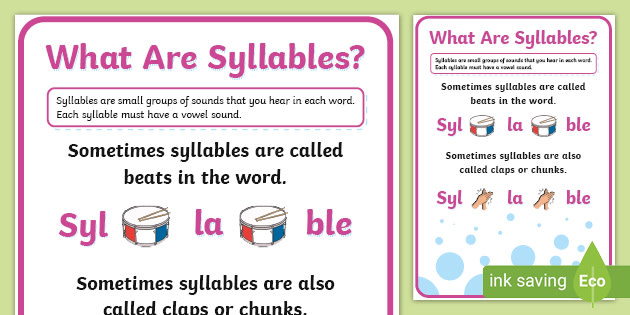
See the research that supports this strategy
Adams, M., Foorman, B., Lundberg, I., & Beeler, T. (2004). Phonemic Activities for the Preschool or Elementary Classroom.
Ellis, E. (1997). How Now Brown Cow: Phoneme Awareness Activities.
Moats, L. & Tolman, C. (2008). Six Syllable Types.
Children's books to use with this strategy
Island: A Story of the Galápagos
By: Jason Chin
Genre: Nonfiction
Age Level: 6-9
Reading Level: Independent Reader
Young readers will explore the evolving terrain and animals of the Galápagos in this nonfiction picture book. Charles Darwin first visited the Galápagos Islands almost 200 years ago, only to discover a land filled with plants and animals that could not be found anywhere else on earth. How did they come to inhabit the island? How long will they remain? Thoroughly researched and filled with intricate and beautiful paintings by award-winning author and artist Jason Chin.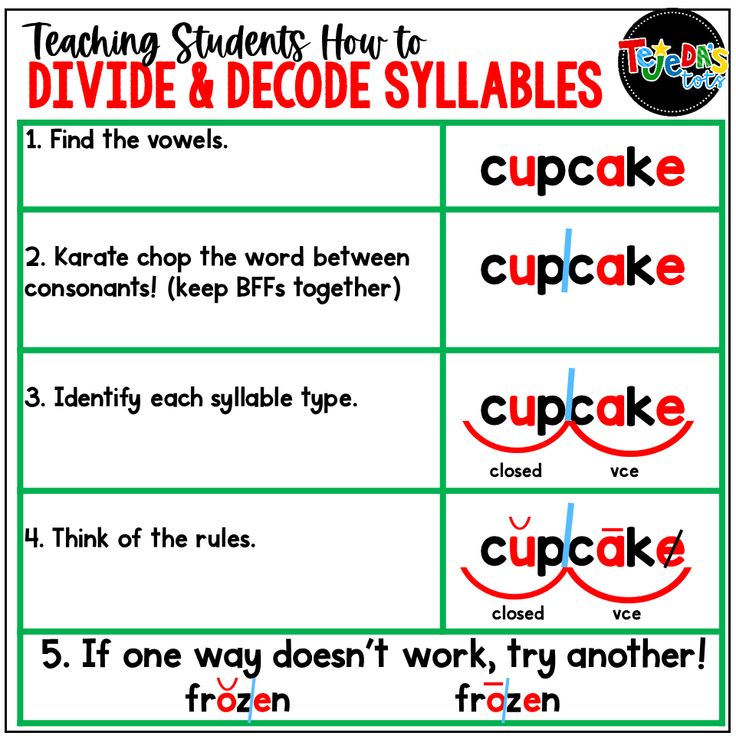
Where Else in the Wild? More Camouflaged Creatures Concealed & Revealed
By: David Schwartz
Age Level: 3-6
Reading Level: Beginning Reader
Close-up, full color photographs of camouflaged creatures and a variety of poems ask readers to examine the image while learning about characteristics. A gatefold opens to provide additional information. (This may appeal to children who like "real" things.)
Dogku
By: Andrew Clements
Age Level: 6-9
Reading Level: Independent Reader
The picture book story of a dog who finds a home is told in completely (and surprisingly successfully) using haiku.
Tap Dancing on the Roof: Sijo (Poems)
By: Linda Sue Park
Genre: Poetry
Age Level: 6-9
Reading Level: Independent Reader
Like haiku, sijo – a little known, brief poetic form from Korea – looks at everyday activities from breakfast to the weather. Sophisticated illustrations complement the seemingly simple language to delight readers and listeners.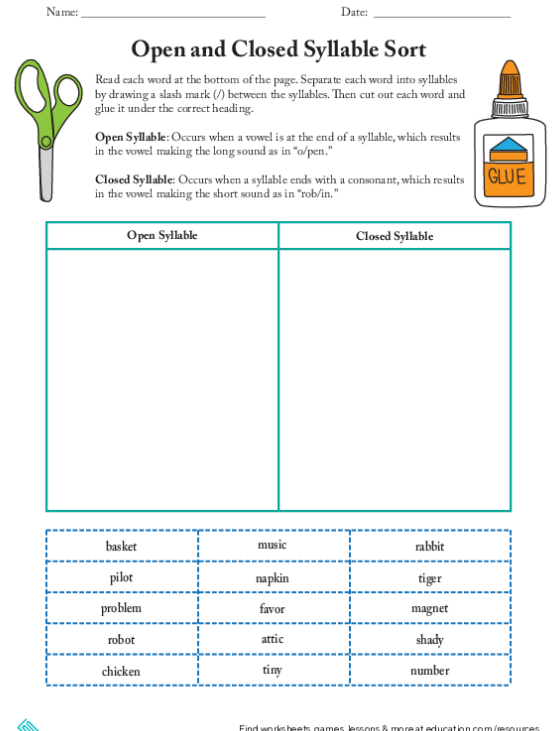
Comments
How to Teach Syllable Types
A syllable is "a letter, or combination of letters, uttered together, or at a single effort or impulse of the voice," according to Webster's 1828 dictionary. Sometimes teachers refer to syllables as word chunks. Every syllable must contain a vowel.
How to Teach What a Syllable Is
It is important for students to recognize syllables in words. When they are able to say one syllable at a time, spelling becomes much easier. Fortunately, recognizing syllables is an easy concept to teach. Here is sample dialogue for demonstrating to your student what a syllable is:
- “All words have syllables. A word might have one, two, or even more syllables.”
- “Reading has two syllables: read (clap)—ing (clap).” To demonstrate, clap as you say each syllable.
- “Blue has one syllable: blue (clap).”
- “Pumpkin has two syllables: pump (clap)—kin (clap).
 ”
” - “Now you try. Clap your hands for each syllable in the word pig.”
Have your student practice with these words:
| seven | mice | hotdog |
| window | truck | paper |
| yellow | toys | elephant |
Another good method for teaching how to count syllables is to put your hand under your chin. Say the word and count the number of times your jaw drops.
Types of Syllables
There are six types of syllables:
- A closed syllable ends in a consonant. The vowel has a short vowel sound, as in the word bat.
- An open syllable ends in a vowel. The vowel has a long vowel sound, as in the first syllable of apron.
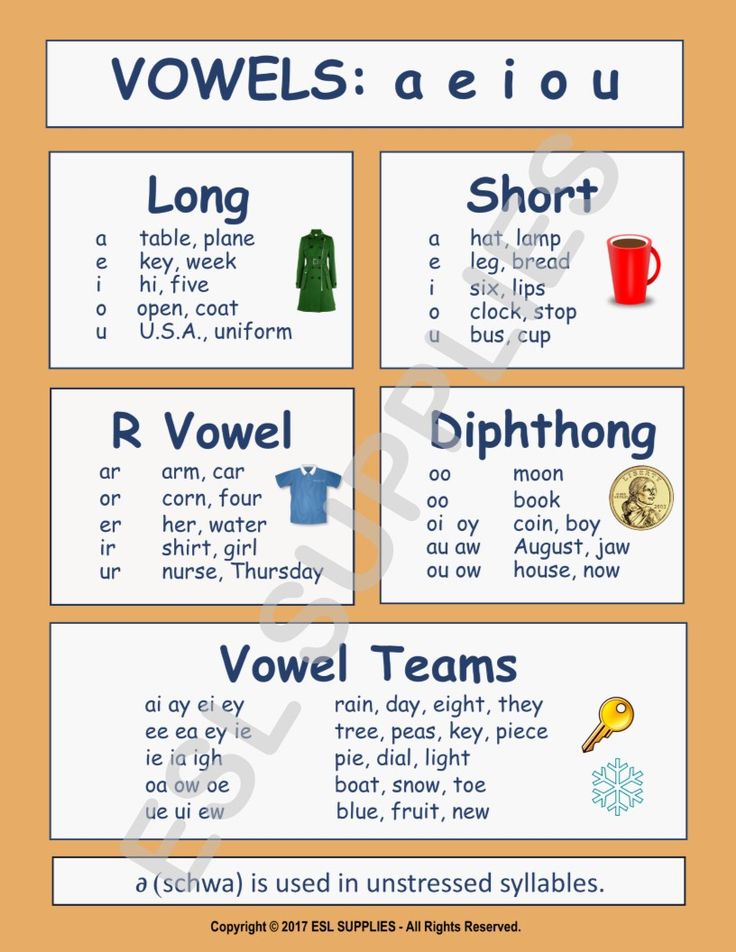
- A vowel-consonant-e syllable is typically found at the end of a word. The final e is silent and makes the next vowel before it long, as in the word name.
- A vowel team syllable has two vowels next to each other that together say a new sound, as in the word south.
- A consonant+l-e syllable is found in words like handle, puzzle, and middle.
- An r-controlled syllable contains a vowel followed by the letter r. The r controls the vowel and changes the way it is pronounced, as in the word car.
How Our Program Teaches Syllable Types
- All About Spelling has determined the best sequence for teaching the syllable types for maximum learning and retention.
- Students gain confidence and master one syllable type at a time.
- Your job as teacher is made much easier with the complete lightly-scripted lesson plans.
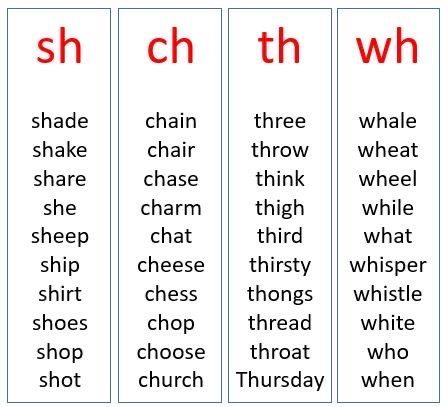
- Letter tiles are used to demonstrate syllable types. The specially color-coded letter tiles make it easy for you to show students the concepts in a way they will remember.
- The All About Spelling program puts your students on the fast-track to mastering the six syllable types.
Lesson 5. Reading by syllables
After the child has mastered the alphabet, and you are sure that from now on the information about the letters of the Russian language is firmly established in his head, it's time to move on to the study of syllables. This lesson is dedicated to this topic.
Here are practical tips to help you teach your toddler to read by syllables, as well as some homework lessons to improve reading skills and abilities. Let's start with recommendations. nine0003
Contents:
- Tips for learning to read by syllables
- Lessons to develop related skills and abilities
Recommendations for teaching reading by syllables
We must say right away that given the specifics of the very process of teaching children to read, we have already touched on the issue of reading by syllables, so it is likely that in the lesson you will meet something that you are already familiar with .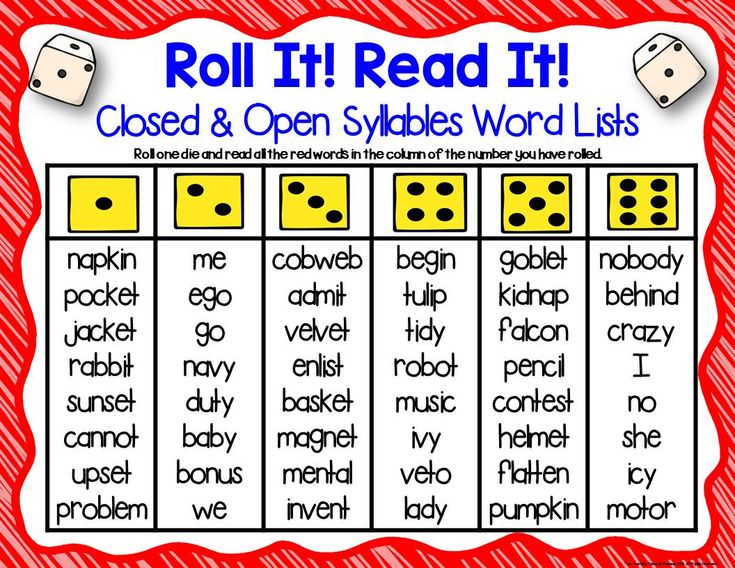
1
Method selection
The question of choosing the method by which you will teach your child is very important. You already know that it is best to use an integrated approach to understand what works best for you. But we still advise you to start with the primer by Nadezhda Zhukova or Elena Bakhtina. Both of these books will be great helpers for your pet, getting acquainted with the addition of letters into syllables, syllables into words, words into sentences. In addition, these manuals have pictures (but there are not many of them, which is very good), which will make it more interesting to study. nine0003
2
Review
At the beginning of each new session, always review with your child what has already been done. Together with the baby, remember familiar letters and sounds, as well as their combinations. By following this simple rule, you will help develop a competent and structured reading mechanism in the children's brain.
3
The simplest syllables
You need to start mastering the syllables with the simplest ones.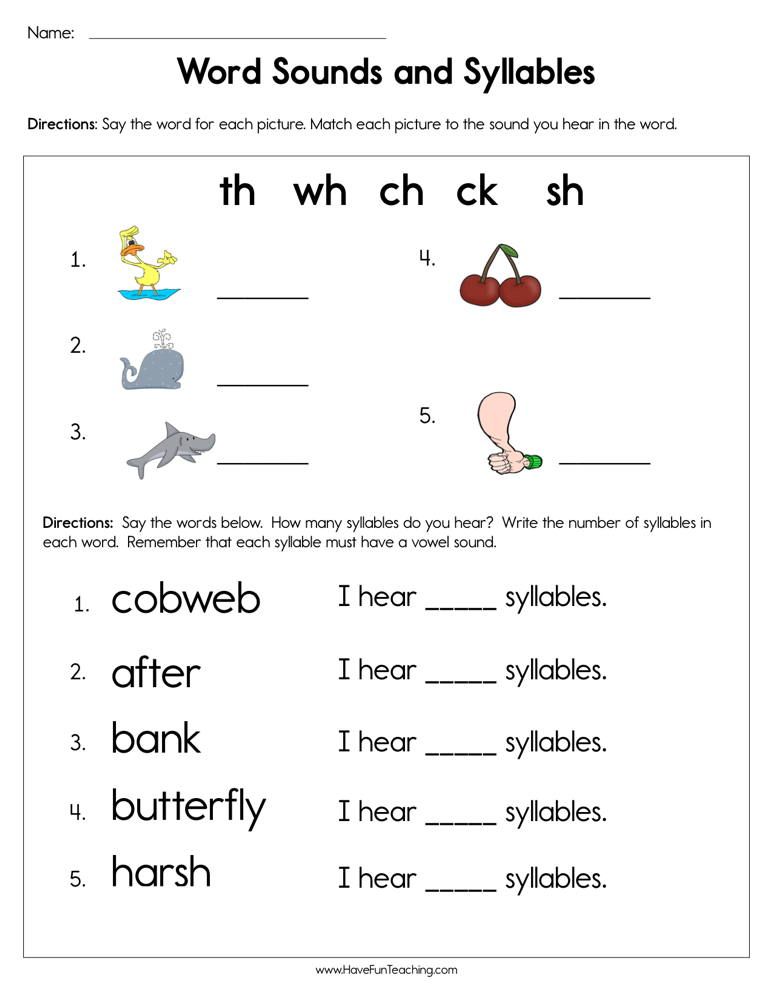 Leafing through the pages of the primer, in a playful way, show how one letter hurries to another, for example, how M hurries to A in order to call mom as soon as possible. The baby's imagination will draw colorful pictures, which will make the syllables very well remembered. Your task is also to convey to the child that the letters need to be pronounced together, and not separately. nine0003
Leafing through the pages of the primer, in a playful way, show how one letter hurries to another, for example, how M hurries to A in order to call mom as soon as possible. The baby's imagination will draw colorful pictures, which will make the syllables very well remembered. Your task is also to convey to the child that the letters need to be pronounced together, and not separately. nine0003
4
Simple syllables
Once you have mastered the simplest syllables, move on to more difficult syllables. These include not only MA, PA or BA, but also LA, RA, RO, DO, etc. The variety of syllables will allow the child to fix the mechanism of their formation with letters and master the initial reading technique. In the future, it will be easier for him to get acquainted with more complex syllables, where there are deaf and hissing consonants, for example, VO, SHI, SCHA, etc.
5
Complex syllables
After mastering the initial syllables, it may seem to you that a child can already be taught to read words and sentences, but believe me, the time has not yet come.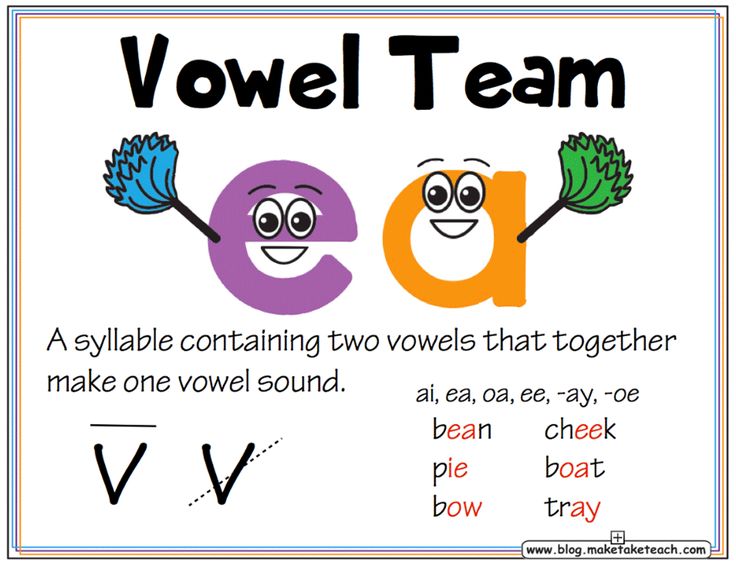 Strengthen the mechanism of syllabic reading by complicating classes. Start learning syllables that begin with vowels, such as OP, UP, OH, AB, AM, OR, OS, EN, EL, etc. nine0003
Strengthen the mechanism of syllabic reading by complicating classes. Start learning syllables that begin with vowels, such as OP, UP, OH, AB, AM, OR, OS, EN, EL, etc. nine0003
6
The simplest words
You need to continue learning to read by syllables by reading trivial words consisting of two syllables: “mother”, “dad”, “woman”, “grandfather”, “nanny”, “nurse”, “porridge ”, “Masha”, etc.
7
Pronunciation
In the process of teaching syllabic reading, special attention must be paid to correct pronunciation. This will be the key to successful learning to read in general.
Keep in mind that this method is very effective when children sing syllables for better assimilation. It's efficient, helpful and fun. But there is one caveat: many kids get used to it very much and begin to sing syllables in one breath. nine0003
Therefore, if you have chosen a similar method for your child, follow it appropriately. This means that you should not let the child do everything, and you also need to pay attention to the pauses between words and sentences.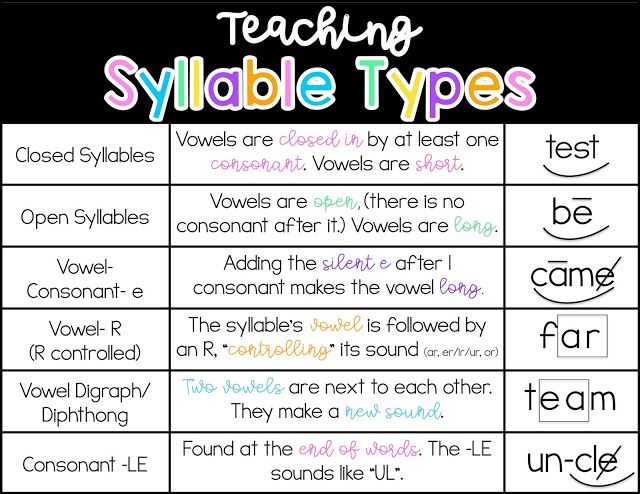
And you can teach the baby to the following order: let him sing one word, then pause, then let him sing the second word, and then pause again, etc. Soon he himself will understand where the pauses are made, and the process will go, like clockwork.
8
Age
Let's refresh our memory that there is no need to get ahead of events. If at 3-4 years old the baby is completely indifferent to your initiative to teach him to read, take a break for several months, six months or a year. If he himself shows interest in letters and books, this is an indicator that you need to start studying.
At the age of 5-6, it is already necessary to take care of the child, even if the child is not interested. This is necessary so that by the first grade the future student can already read and write words at least in block letters. nine0003
Even if your child goes to a kindergarten and the caregivers take care of him, you should still take care of him at home. If possible, part of the educational function can be transferred to a grandparent or a tutor with good teaching skills can be hired.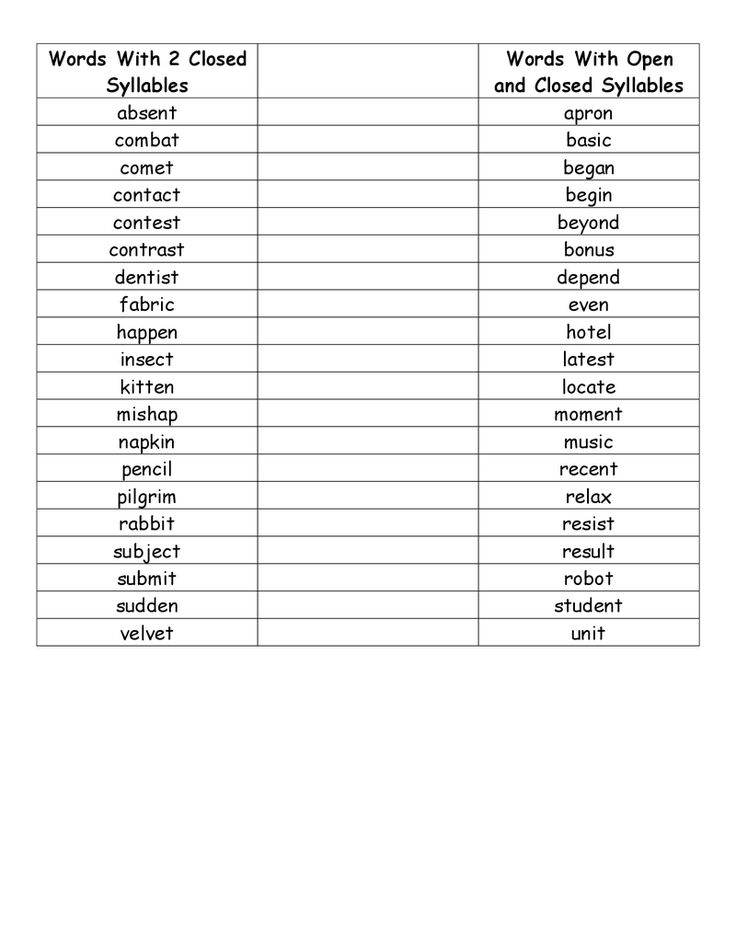 In addition to the fact that the child should come to school already more or less prepared, all this is also important from a psychological point of view - being able to read and write a little in the first grade, the child will experience less stress. nine0003
In addition to the fact that the child should come to school already more or less prepared, all this is also important from a psychological point of view - being able to read and write a little in the first grade, the child will experience less stress. nine0003
9
Learning is a game
If you really want to teach your baby to read correctly and correctly in syllables (and in general), you need to make an exciting game out of the learning process. It is not at all necessary to bother the child with expressive or fluent reading - it is much more important that he master the skill of independently folding letters into syllables, recognizing and reading letters in the primer, composing words, phrases and sentences. The main task is to master the technique of reading.
If at first something does not work out (and this will certainly happen), you need to remain calm and patient, methodically explaining to the baby what he is doing wrong. Learning should be like a game, which means that there should always be opportunities for fun, rest and relaxation.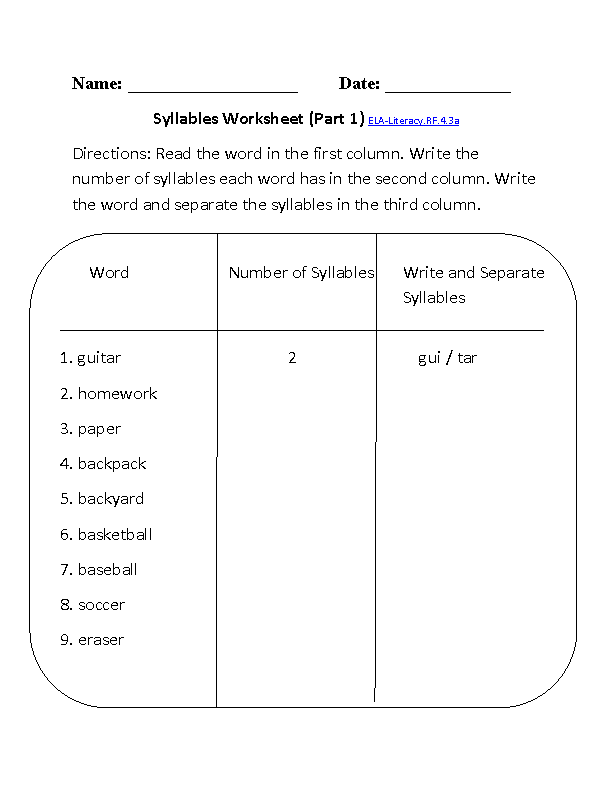 Eliminate any stress for the child from learning, then he will easily and willingly understand what you are teaching him. nine0003
Eliminate any stress for the child from learning, then he will easily and willingly understand what you are teaching him. nine0003
The above recommendations are enough for a child to learn to read by syllables. But to make the process more efficient, we suggest adopting a few techniques that will help develop the skills and abilities that accompany reading. We called them lessons, and we invite you to build your classes with them in mind.
Lessons to develop related skills and abilities
These lessons can be used by children from 5 years of age. It is best to do this twice a day for 15-20 minutes. You can complete tasks in any order. Do not perform more than 3-4 tasks per day. nine0003
1
Lesson for the development of vigilance in a child
Two simple exercises will help to develop vigilance in a child: forest weight", "juice current", etc. Give the child the task of finding the differences in the words.
 Ask your child to find the missing letter. Tasks can be modified. nine0012
Ask your child to find the missing letter. Tasks can be modified. nine0012 2
Lesson for the development of articulation
The proposed gymnastics improves pronunciation and speech clarity and correct breathing:
- Pick up a few simple words consisting of two syllables. For one lesson, you need to pick up ten words. Cut out ten cards from cardboard and write the syllables that make up these words on them. Give the child the task to correctly form words, while constantly changing cards. nine0015
- Draw a table on the landscape sheet, each of the cells of which will contain one letter of the alphabet (you can make a large table with repeating letters). Give the child the task of reading the letters you indicated with a pencil.
- Take a children's book in your hand, and let the child sit in your arms. Choose any word and say it, and the kid has to find it in the text. nine0012
3
Lesson for training attention
The essence of this lesson is as follows: write on a landscape sheet a lot of simple words of two syllables. At your command, the baby starts reading, and when you say “Stop!”, He immediately closes his eyes and rests a little. Then you give the command "Start!", And the child should continue reading from where he left off.
4
Lesson for the development of deduction
The task is based on semantic guesses, and is performed as follows: on a landscape sheet, write a few words where some syllable or letter is missing. The task of the baby is to read the words and guess what letters or syllables are missing in them. nine0003
The task of the baby is to read the words and guess what letters or syllables are missing in them. nine0003
5
Lesson for developing ear for stress
Write a few words with 3-4 syllables on an album sheet. Read with your child, stressing each syllable. The kid must determine which stress is correct (keep in mind that the words should already be somewhat familiar to him).
6
Lesson to develop reading skills
The lesson is very simple: find some videos or filmstrips that teach reading and watch them with your child. nine0003
In addition, another method can be used: let the baby read a simple text, for example, a nursery rhyme:
“Goat-goat:
- Me-me-me!
I'm learning to count in my mind!
How much is two plus five?
- Me-me-me, I forgot again!
Mom will be very upset!
- Me-me-me - I'm running to study
The child should read to himself, without opening the letters and as quickly as possible.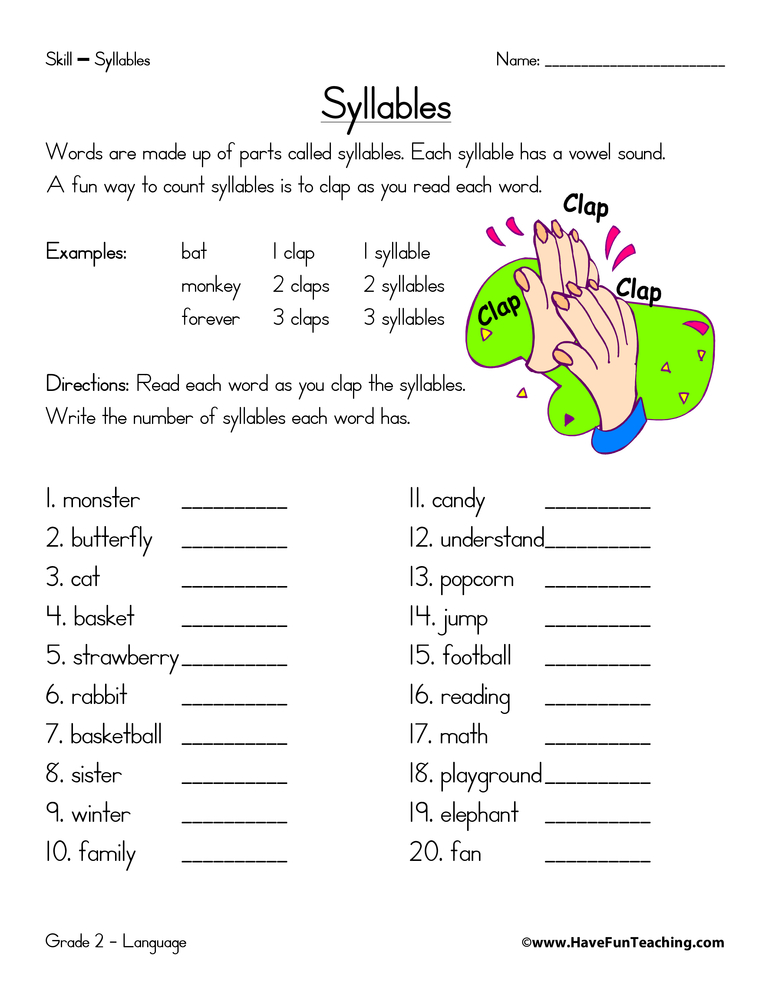 After reading, let the child retell what he learned. In the next step, give him the task of reading the same aloud. nine0003
After reading, let the child retell what he learned. In the next step, give him the task of reading the same aloud. nine0003
7
Lesson for the development of the field of vision
Two tasks can be distinguished here:
8
Lesson for the development of correct breathing
Write a series of consonants or a series of simple syllables on a landscape sheet. Let the child read what you have written, taking a breath at your direction every 4, 6 or 8 letters. In the future, your baby will breathe correctly while reading.
Applying all of the above in practice, you will teach your child to read perfectly in syllables after 1. 5-2 months of classes, and at the same time prepare for more serious reading. As a result, even before starting to go to school, the child will be able to master the simplest children's books. nine0003
5-2 months of classes, and at the same time prepare for more serious reading. As a result, even before starting to go to school, the child will be able to master the simplest children's books. nine0003
But, of course, there is no need to stop at mastering syllables, and therefore in the next lesson we will talk about reading words and exercises through which any child can be taught this.
Test your knowledge
If you would like to test your knowledge on the topic of this lesson, you can take a short test consisting of several questions. Only 1 option can be correct for each question. After you select one of the options, the system automatically moves on to the next question. The points you receive are affected by the correctness of your answers and the time spent on passing. Please note that the questions are different each time, and the options are shuffled. nine0003
Statistics Full screen
Cyril
← 4 Learning the alphabet 6 Reading whole words →
Developing game Learn to read Read by syllables Fun lessons.
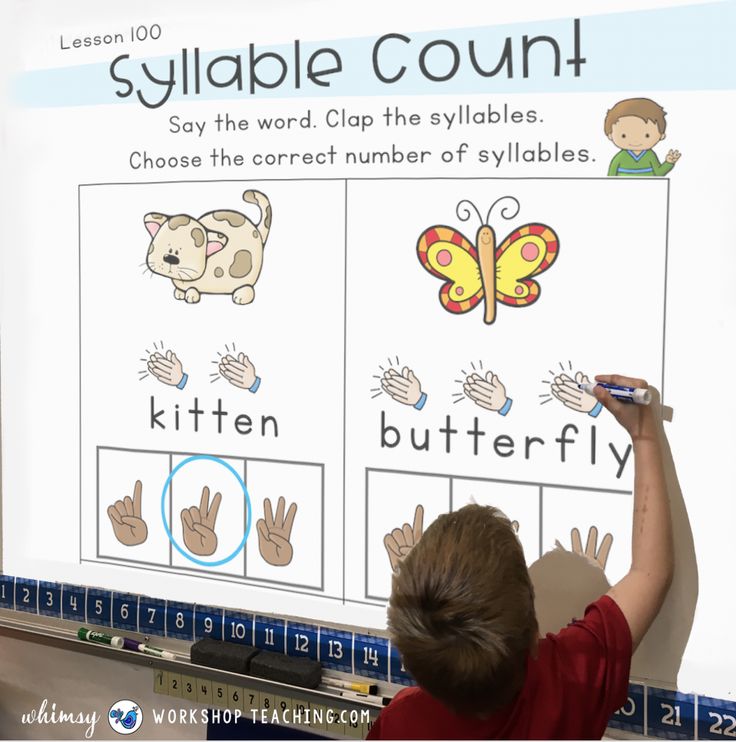 Learning to read, Drofa-Media 2019 281.00 rub.
Learning to read, Drofa-Media 2019 281.00 rub. Series: Learning to read
Only 2 left.
281.00 rub.
-20% after registration
Available in 2 stores
Irkutsk, SellLit World of Books
Ust-Ordynsky, Ust-Orda LLC Znanie
The price in the store may differ
from the price indicated on the website.
Share link B:
Manufacturer: Drof-Media
Article: 1097
barcode: 4607147381489
: 2019
VAT: 10%
Age: from 5 years to 7 years
Code: Code: Code: Code: Code: Code: Code: Code: Code: Code: Code: Code: Code: Code 682584
Description
The game teaches you to read by syllables and divide words into syllables, trains the skills of sound-letter analysis. During the game, the child develops attention, thinking, spelling vigilance, and the skill of reading in whole words is developed.
The game can be used as a didactic aid in individual developmental and remedial classes.
Contents: 32 playing cards, rules.
Game for children 5-7 years old.
nine0180 281.00 rub.-20% after registration
Developing game Learn to read Read by syllables Funny lessons (2019)
300.50 rub.
-20% after registration
Game Developing Learn to read the Alphabet (2017)
nine0002 $179.80
Scarlet Flower: Difficulty 3 (2009)
Stores
See all
$163.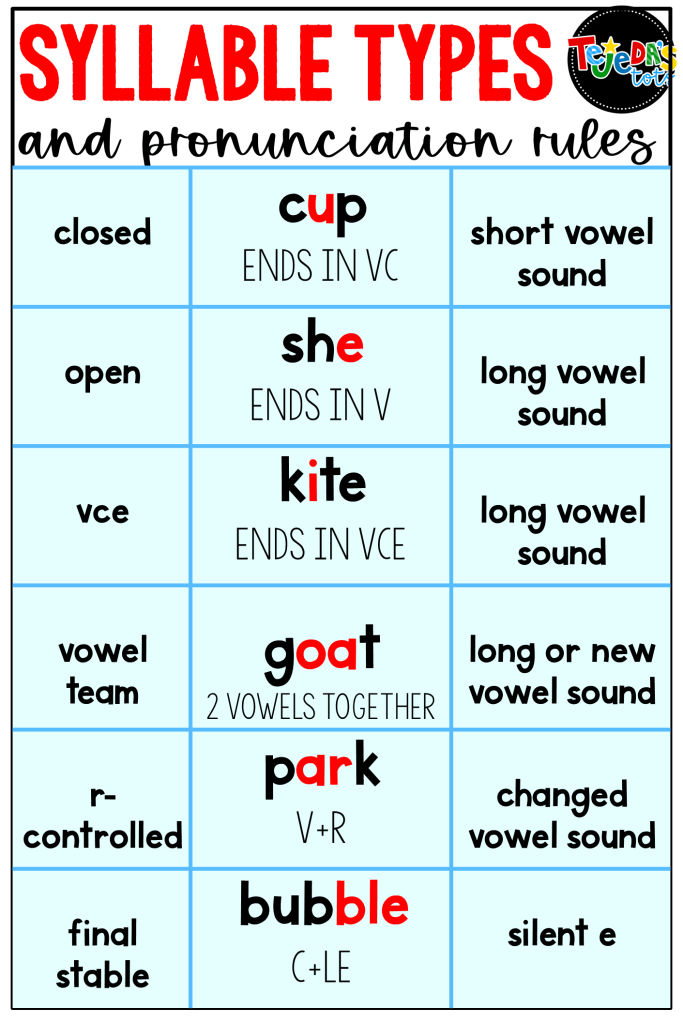 00
00
-20% after registration
Game Smart cubes in a saucer 4pcs. Who loves what (2021) nine0023
$215.00
-20% after registration
Game Educational Associations Find an animal (2022)
RUB 445.00
-20% after registration
Board game Apples on a plate (2022) nine0023
$106.50
-20% after registration
Game Educational Number Sequence (2019)
$458.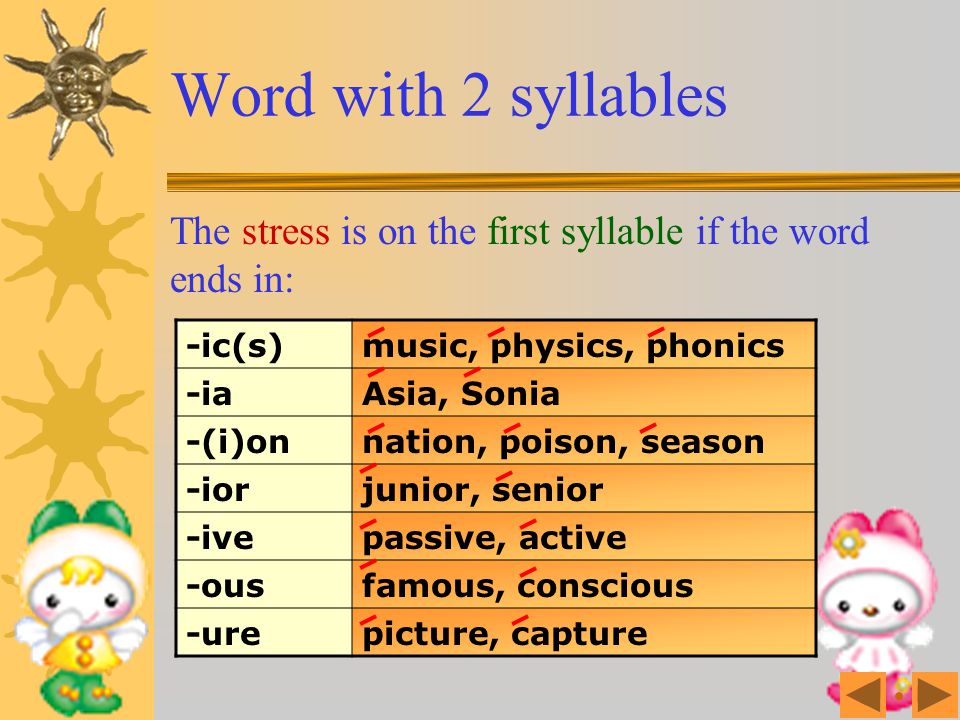 50
50
-20% after registration
Game Magnetic Scientist (2020) nine0023
RUB 190.00
-20% after registration
Game Smart Cubes 4pcs. Noise makers. My fluffy (2021)
RUB 330.50
-20% after registration
Educational game One, two, three, four... 6 logical chains (2019G.)
RUB 831.00
-20% after registration
Game Logic IQ Arrows (2022)
$54.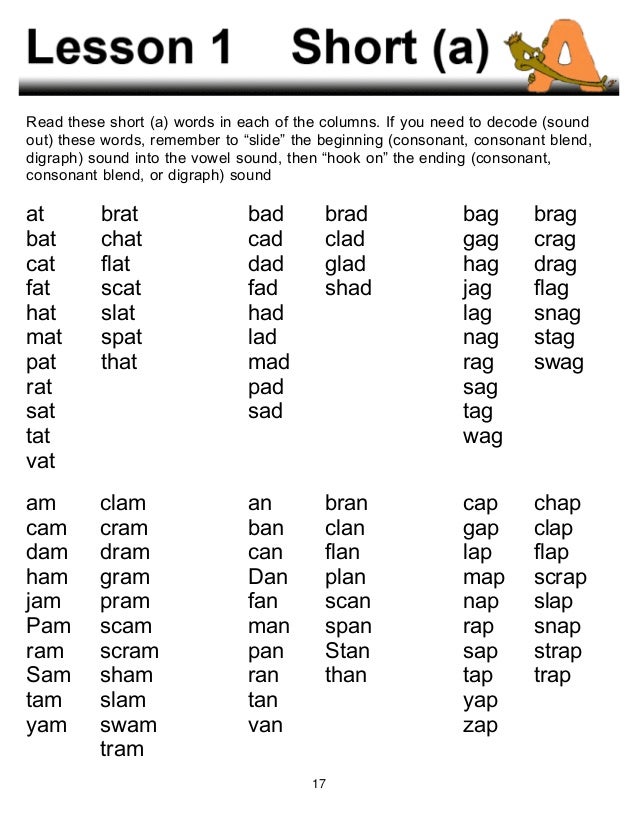 00
00
Game Logic Funny pictures 10.5cm assorted. (2018) nine0023
Stores
$467.00
-20% after registration
Board game Figure hide and seek (2020)
$583.50
-20% after registration
Game Set Count and Sort Fruits (2021) nine0023
RUB 457.00
-20% after registration
Educational game One, two, three, four 3+ (2021)
RUB 541.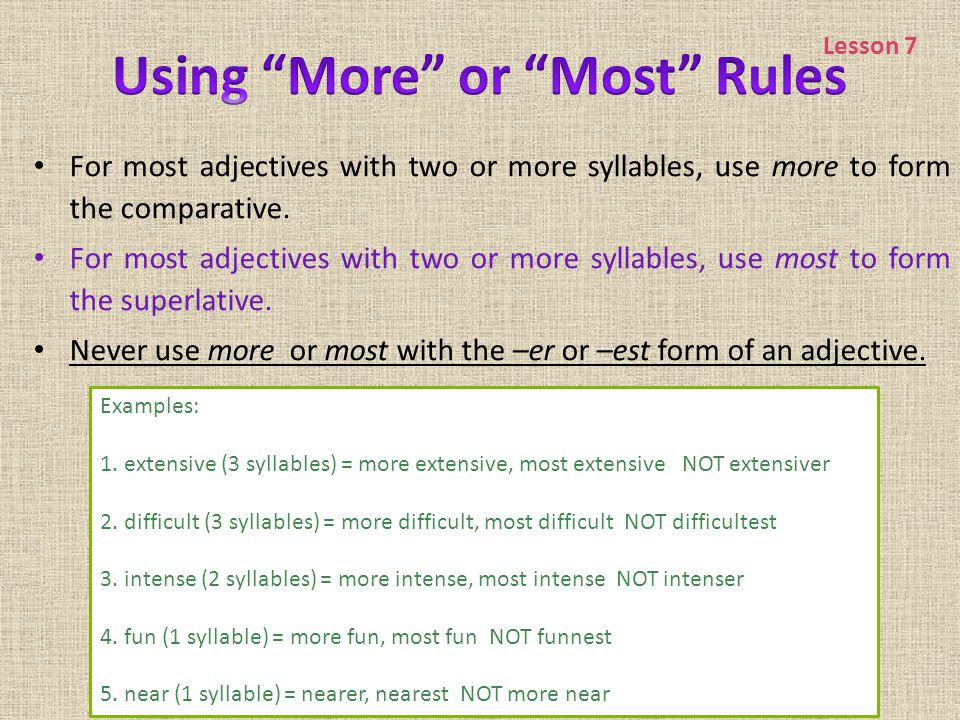 00
00
-20% after registration
Game Developing Velcro My Home (2020) nine0023
RUB 416.00
-20% after registration
Game Educational Games on the road The most attentive! (2022)
RUB 896.00
-20% after registration
Board game Smart cat (develops memory and attention) (2019G.)
RUB 1103.00
-20% after registration
Game Educational Package. Basic set of IQ games. Learning to read syllables and simple words (2021)
RUB 345.